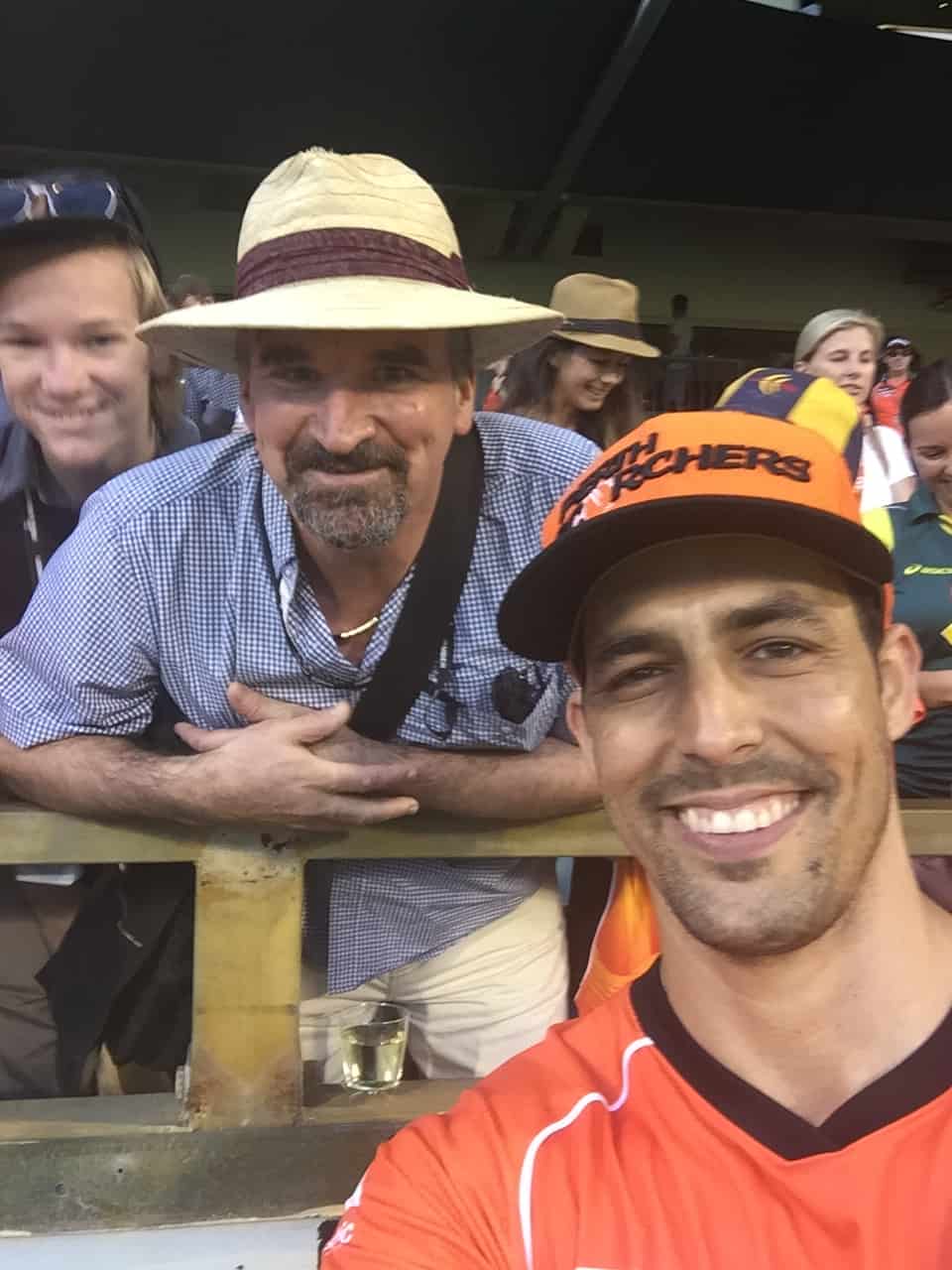This week Australia has been experiencing a safety roadshow built around the Deepwater Horizon movie and two guest speakers. The afternoon sessions have been well attended and the discussion fruitful but does the film improve the viewers’ understanding of safety or misrepresent it?
Continue reading “Is the Deepwater Horizon movie good for safety?”


 Fatigue and impairment are two of the most difficult workplace hazards to address. These are further complicated when they are contextualised in workplace mental health. So it is concerning when an entrepreneur produces a product that is meant to help address mental fatigue but that may also mask occupational health and safety (OHS) actions that are required to provide truly sustainable workplace improvement.
Fatigue and impairment are two of the most difficult workplace hazards to address. These are further complicated when they are contextualised in workplace mental health. So it is concerning when an entrepreneur produces a product that is meant to help address mental fatigue but that may also mask occupational health and safety (OHS) actions that are required to provide truly sustainable workplace improvement.